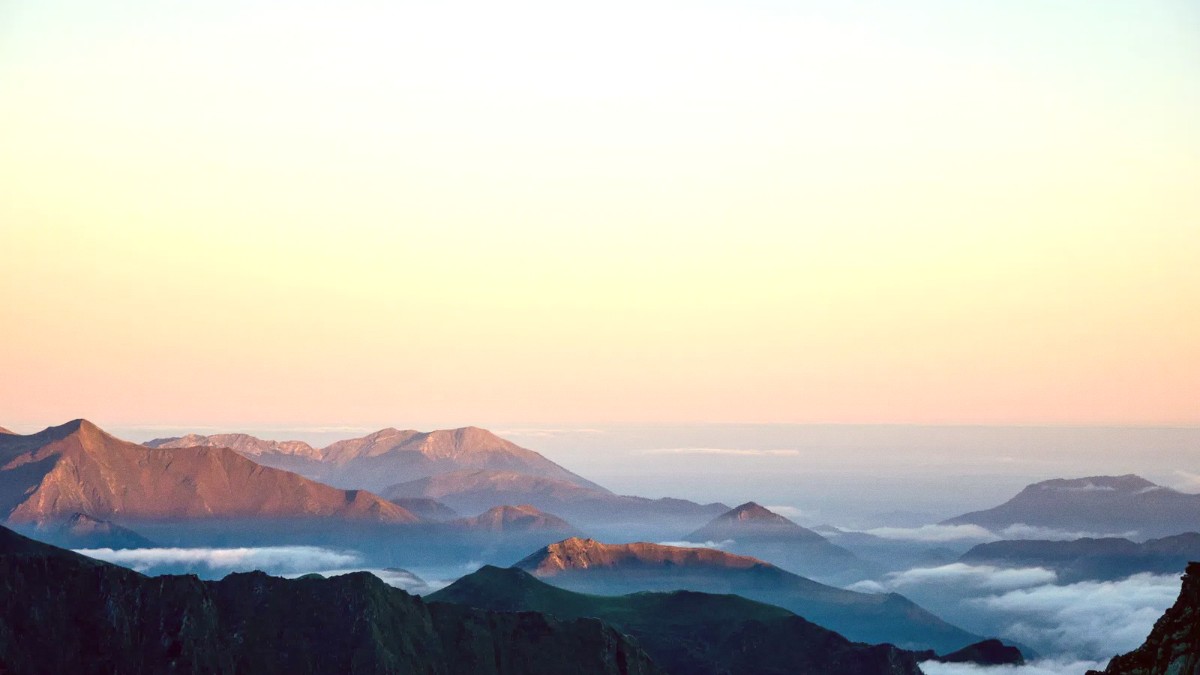
Eastern Cuba, Cuba
You connect with a culture valuing community, music, and resilience above all else.
Witnessing daily life may change your perspective on life's necessities.
The city’s historical narrative encourages reflection on freedom and determination.
Support local artisans and private businesses. Purchase goods directly from creators for direct benefit.
Minimize waste by using a reusable water bottle and shopping bag. Be mindful of water usage.
Make an effort to speak Spanish. Always ask permission before taking photos of people. Engage with an open mind.
Santiago de Cuba often serves as a gateway to further Cuban or Caribbean exploration.
Return for Santiago de Cuba's Carnival in July. It brings a high-energy cultural experience.
Be prepared for the heat and humidity during Carnival season.
Explore the Sierra Maestra mountains more deeply on a return visit.
Consider undertaking a multi-day trek to Pico Turquino if you are an avid hiker.
The Sierra Maestra region offers excellent birdwatching opportunities.
Discover local rivers and waterfalls for refreshing dips and scenic views.
Seek out workshops to learn about traditional Cuban crafts.
Join a photography tour to capture Santiago's unique character.
Take a lesson in traditional Cuban music or dance styles.
Your journey through Santiago de Cuba provides a window into the soul of the island.
A UNESCO colonial city, known for its well-preserved architecture and music scene.
Known as the "Pearl of the South," it boasts French-inspired architecture and a beautiful bay.
The capital city, a hub of culture, music, and historical significance.
Explore more of the eastern part of the island.
Baracoa offers a distinct blend of natural beauty and Afro-Cuban culture.
It is an unique destination for nature lovers and cultural explorers.
The journey there through mountains provides scenic views.
Connect Santiago with these central Cuban cities.
Home to the Che Guevara Mausoleum and revolutionary sites.
A charming town known for its unique Christmas Parrandas festival.
A city with a labyrinthine old quarter, an UNESCO World Heritage site.
Embrace cultural exploration in Cuba.
Learn about Santería, an Afro-Cuban religion, and its impact on culture.
Experience authentic Rumba performances in local communities.
Attend shows by folkloric dance troupes. These tell stories through movement.
Visit local art galleries featuring contemporary Cuban artists.
Explore markets for unique handmade souvenirs and gifts.
Take a tour to understand the production of Cuba's famous cigars and rum.
Let Santiago de Cuba's rhythms, history, and the warmth of its people inspire your future travels.